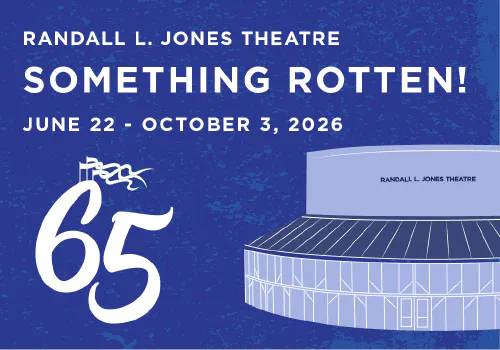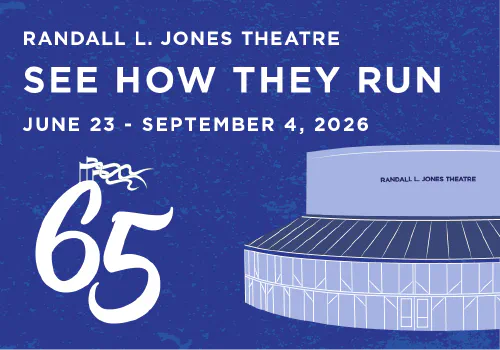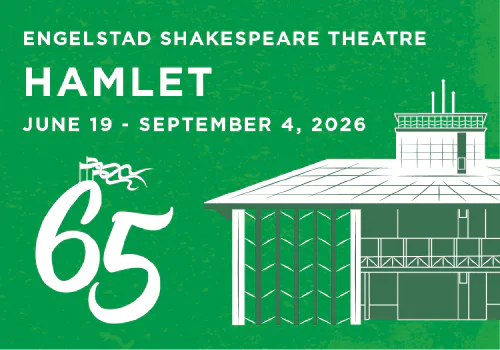By Elaine Pearce
When is the right thing to do the wrong thing to do? Life is not easy. Each day we make choices that define us, shape us, make us who we are. We try to make the right choice—marrying our high school sweetheart to live happily ever after, working hard, earning a graduate degree, delaying children until the time is right, buying a nice home in the suburbs. Choices that should pay off, that should garner happiness. By and large, we follow the rules, written and unwritten. Follow them to the letter. Even the social niceties like offering a guest party snacks and drinks, making small talk to avoid conversations of substance. We take care of each other, make sacrifices for each other. We form alliances, make commitments, promise to love, honor, and obey. We endeavor to exert control over circumstances, to be the masters of our own existence.
But life does not respect our efforts. Life has a way of shifting the tables, pulling the rug out from under us, upsetting the perfect balance we struggle to create. In How To Fight Loneliness, the happily-ever-after couple finds themselves divided, husband and wife on opposite sides of a chasm that cannot be bridged. Each wants to make a choice that would prevent the choice of the other. Life is not easy.
Death is not easy. It seems there comes a time when you feel “the life sliding out of . . . [you], / a drum in the desert, harder and harder to hear,” when you ask, “‘How do you know when you are going to die?’” and are answered, “‘When you can no longer make a fist’” (Naomi Shihab Nye, “Making a Fist,” ll.2-3. 7, 11), when you no longer have the strength to fight the emotional and physical pain of life. There comes a time when the blessing of hope left in Pandora’s jar as solace for the evils of life is not enough. But death is terrifying. Just like Everyman in the medieval morality play, we want someone to share our final journey with us. When is the wrong thing to do the right thing to do? Who decides?
Nationally acclaimed playwright Neil LaBute notes that even though How To Fight Loneliness has “a tough subject” at the center, it was “not driven by a thematic choice.” Instead, what he as a playwright finds interesting is “the general moral choice that the characters are placed in, no matter what it is. Characters who find themselves at a place where they need to make big decisions about themselves and others, and it tests their moral make-up and what it will take to cross certain lines, to do things or not do things. Are they willing to change their views or do they stick to their views no matter what the cost? . . . People often don’t know until the moment, like in the heat of battle, if they are courageous or have cowardice in their make-up. . . . Until you’re faced with these things, you don’t really know who you are.” The play is one version of him tackling “those bigger—kind of simple in a way but actually complicated—actions that human beings make all the time . . . and not providing so many answers (I don’t think that is my job) but asking good questions” (Neil LaBute, Personal Interview, 22 January 2017).
In this play the characters find themselves in a position that “is a catalyst for a lot of choices and a kind of reckoning amongst themselves, . . . and it ends up being . . . really a character piece. One is the dynamic between the husband and wife and these two people who have known each other in the past but are re-associated with each other in a very different environment than high school where they knew each other. That dynamic, that triangular dynamic of three people . . . . some sort of human triangle that forces people to make choices, one person over the other, or allegiances that are different from what you might have imagined them to be when you first met the people” (LaBute).
Each character in the play is a fully formed, well-crafted individual with strengths and weaknesses. Each has a viable perspective. Because of the complexity of their situation, the nature of their choices, and the results of those choices, the audience can simultaneously agree and disagree with each of them. “I wanted to make sure that everybody was painted in strong, vivid strokes of gray. Everyone could be selfish, everyone could be well-meaning, everyone could be sad. That felt like people to me. I wanted to be fair to everybody. Everybody’s pain is so different. Everybody’s journey is so different” (LaBute).
Watching the characters interactions, how they deal with the moral choices that face them, reminds us that there are no absolutes, that life has more questions than answers. How much do we ultimately belong to ourselves and how much must we sacrifice for the happiness of someone else? What must we give up to satisfy others? Is it possible to balance individual needs against the needs of the people in our lives? Whose needs have precedence—our own or those of the people who love us? What is more important—moral, ethical, and legal principles, or understanding, help, and compassion? No matter how empathetic we think we may be, is it really possible to truly feel another person’s emotional or physical pain? How do we fight loneliness? How can we stay strong in the face of opposition? Does the end justify the means? Is it possible to place oneself in jeopardy for another person and seek nothing in return?
Written shortly before it was presented as a staged reading in New York in the fall of 2015, How To Fight Loneliness appeared in a second staged reading as part of the 2016 Utah Shakespeare Festival New American Playwrights Project. David Ivers, Festival artistic director, believes the play is a good choice for the 2017 Festival season. “It is a huge opportunity to premiere an important voice in the current American theatre,” he said. Producing the work of great living playwrights is “central to the mission of the Festival.” He sees “a great artist, a great story that is told now from a perspective of really well-drawn characters, and it is an important narrative.”
As the director of the Festival staged reading in 2016 and this year’s full stage production, Ivers believes in the play and loves it, saying, “It is a really powerful, intimate story.” For him, it is a “compelling sounding play in terms of the language, so rich and contemporary and colloquial and at the same time heightened.” The play “raises questions that are important to today’s society. . . . Theatre is not just to make everyone feel good. . . . Part of our job is to help move along the social consciousness of the world.” Discussing the talk back sessions that occurred last year for the staged reading, Ivers said the play resonated with audiences who found it “personal and moving” and related its story to their own (David Ivers, Personal Interview, 20 January 2017).
How To Fight Loneliness deals with “a tough subject. It is one that everyone will have an opinion about and one that everyone will face at some point” (LaBute). This play gives us something “to engage in together, think about, and discuss long after the experience is over” (Ivers).










